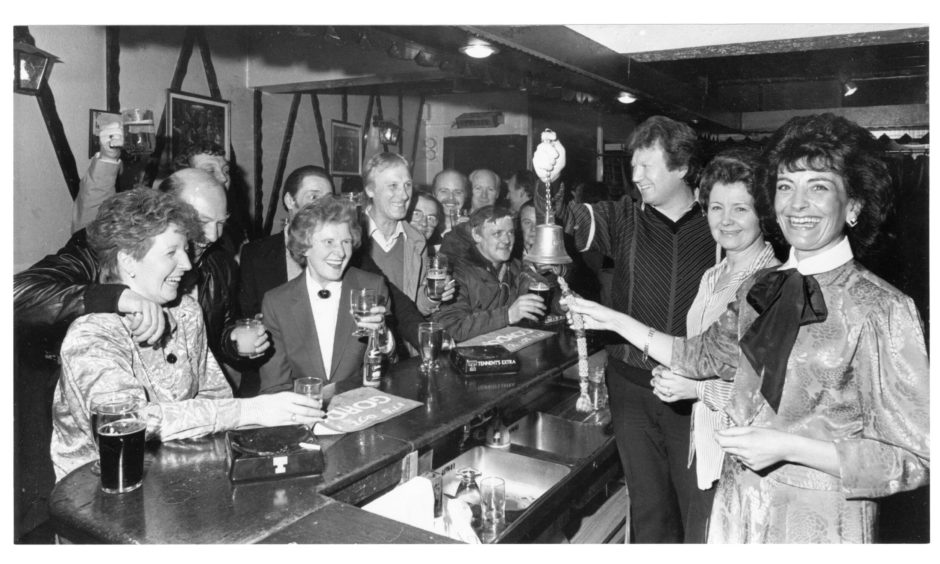
At one time there was practically a pub on every street corner in Aberdeen city centre, each was different from the next and had its own motley crew of loyal regulars.
Most were long-established houffs in historic buildings that in the early years provided welcome refreshment for labourers, and in later years hosted darts leagues and functions.
From the spit and sawdust Swan Bar, to rubbing shoulders with royalty at the Athenaeum, Aberdeen’s pub scene was very diverse.
While country pubs suffered through changing drink drive laws in the 1960s, it was in the name of progress and development that many of Aberdeen’s public houses were lost.
Old haunts like the Volunteer Arms on Queen Street disappeared in the 1970s to make way for the police station.
While the Aberdeen Arms on West North Street – better known as the Hairy Bar – was flattened for the dual carriageway in the 1980s.
It’s that time of year where we reflect on days gone by, so join us as we say cheers to the memory of Aberdeen’s bygone pubs.
1. The Swan Bar, Loch Street – demolished to make way for Bon Accord Centre
Another lost Aberdeen pub was the Swan Bar, one of the city’s oldest pubs, it was a spit and sawdust establishment into the early 1980s.
It stood next to Loch Street Post Office almost exactly where the George Street exit from the Bon Accord Centre is now.
The 34 Loch Street premises was a popular haunt for more than a century, having been a spirit merchant in the 1880s.
In 1969 the bar hit the headlines when raiders blew up its safe, but they got away with little more than the bar’s float.
Those who frequented the establishment in the 1960s and ’70s might recall barman George Baxter, who managed the Swan Bar for 19 years until his retirement in 1974.
George also founded the Aberdeen Darts Association in the Swan Bar, which was home to a very successful darts team.
In the Aberdeen Pub Companion, published in 1975, Archibald Hopkin said the Swan Bar was “a small old pub just off George Street”.
He added: “The Lounge has its own door on Loch Street but not a separate bar counter.
“The range of drinks is unexceptional even for a brewer’s bar but the pints of Tennant’s lager or Bass special will not need any forcing down.”
Come 1982, and the pub was under new ownership – Brian and June Kidd.
Brian was a joiner by trade and transformed the olde world pub into a more “homely, friendly pub” and extended the building to establish and upstairs lounge and games room.
Under the couple’s management, the pub’s weekly turnover soared from £300 to £7000 in five years.
But despite experiencing huge success, Brian and June Kidd were forced to shut up their pub in April 1987.
It was directly where Bredero planned to build its Bon Accord Centre Development and was to be bulldozed.
Swathes of historic buildings around Loch Street and surrounding streets were to be demolished, including the Swan Bar.
The swan-song was sung at one of Aberdeen’s most popular pubs on April 14 1987 as regulars packed out the premises to say goodbye.
Les Turriff from Torry had frequented the howff for 27 years and said: “It is heartbreaking. There is no other pub in the city with an atmosphere that comes close to this.”
Landlord Brian added: “This is a terribly sad night. Everybody in here has become like part of an extended family.”
2. The Spa Bar, Upper Denburn – the tiny pub beloved by theatre stars
Now long gone, The Spa Bar was beloved by theatre stars for decades.
Also known as the Well of Spa Bar, it was named after the 15th-Century well of the same name, which used to be in the wall of Woolmanhill Hospital.
It now stands rather forgotten outside Denburn car park.
The Spa bar was just a stone’s throw from His Majesty’s, and regulars got so accustomed to celebrities popping in for a pint between performances, they didn’t raise eyebrows.
This was the main attraction for the famous – in the cosy, smokey atmosphere of The Spa Bar nobody bothered them.
Even the top stage acts of the day like Sir Harry Lauder, Andy Stewart and the Alexander brothers could enjoy a quiet pint undisturbed.
Then-landlord Archibald Fraser said: “They came here before there was a bar at the theatre and they just continued the habit.”
Speaking in 1970, Robert Catto, a regular of 43 years, said: “There was aye somebody famous in The Spa. I never took much notice, no one else did either.”
But there was one theatre performer that caught everyone’s attention.
Robert added: “He had no arms and he used to walk into the bar, order a pint and hold his beer mug with his feet. It was quite a thing to see.”
The Spa wasn’t technically Robert’s local, he lived in Mastrick, but having been a regular since 1927, he said “there was nae place to touch it”.
Whether you had £100 in your pocket or two shillings, everyone was welcome.
But The Spa was very much still a man’s domain and described as “a haven in today’s world of female emancipation”.
Robert said if chaps had “one over the eight”, most bars just chucked folk out.
But he said: “The Spa always calls a taxi and pays for it to take you home safely.”
During the war, The Spa was a favourite meeting place, even when the bombs came down.
“Somehow we felt quite safe in the Spa. A bar in Loch Street was bombed, though, and all in it were killed.
“But we were never touched.”
The pub that had stood for 118 years, and couldn’t be brought down by two wars, was instead torn down by a demolition squad.
It was compulsory purchased by the council along with neighbouring houses, and swept away to make room for the huge redevelopment of the Denburn in the 1970s.
3. The Royal Athenaeum, Castle Street – where King George V and Churchill dined
The magnificent Royal Athenaeum was built by Aberdeen’s principal Archibald Simpson as a newsroom and reading room for bookseller Alexander Brown.
Typical of Simpson’s architecture, the 1822 Grecian frontage features four Ionic columns and large windows, with a four-storey building behind.
In 1888 it was sold to James Hay who turned the Athenaeum into a hotel and restaurant.
The well-known Jimmy Hay’s restaurant was famous for its cuisine, wine, whisky, cigars and banquet hall.
He also provided banquets for Queen Victoria’s balls at Balmoral.
Into the early 20th Century the Athenaeum continued to be where the city’s elite dined and danced.
Guests throughout the next 40 years included King George V, the Queen Mother and Sir Winston Churchill.
Into the 1960s and ’70s its Scotch Corner and Carousel bars, as well as the cocktail lounges, proved very popular with Aberdonians.
But tragedy struck on August 15 1973 when a fire broke out in the Athenaeum’s first-floor cocktail bar.
Luckily the building had closed for the night and only a handful of staff remained, but the blaze raged quickly.
Assistant manager Michael Cumming dashed into the street and flagged down two policemen who radioed for help.
Together they attempted to quell the inferno until 12 fire engines arrived, including two from Kintore and Stonehaven.
It was said to be one of the most fierce and dangerous fires ever tackled by the city’s firemen, and at one point firemaster John Donnachie ordered the evacuation of the building.
The upper floors began to tumble inwards with a rumble, crashing onto floors below.
He said it was “sheer luck no one was struck by falling timbers”.
The Athenaeum’s future hung in the balance as it was unclear how much of the building could be salvaged.
But remarkably, although the Georgian exterior was a shell, plans were afoot to rebuild it from the inside out.
It was to be a long road ahead, but in six years later the ground floor was ready to reopen.
Dons star Denis Law, alongside Alex Ferguson and other players, helped mark the occasion with a champagne reception.
But in 2003 parent company Po Na Na went into administration and the Athenaeum closed with the loss of 20 jobs.
The Athenaeum reopened along with a sister venue, the nightclub Snafu, in 2004 and remined a popular mainstay of the city’s club scene until it too closed in 2014.
Now the building is occupied by BrewDog on the ground floor with BrewDog hotel rooms and the Royal Athenaeum serviced apartments above.
4. Wallace Tower, Netherkirkgate – the ancient pub rebuilt in Tillydrone
These days Wallace Tower is a prominent landmark in Seaton Park; a 17th-Century building, it quite looks at home nestled among the old trees by the River Dee.
Built circa 1610-1616 as Benholm’s Lodge by Sir Robert Keith of Benholm, the tower originally stood at Netherkirkgate in Aberdeen city centre.
Upon on Sir Robert Keith’s death it passed to Dr Patrick Dun, principal of Marischal College.
But more than 350 years later, Wallace Tower was removed brick by brick and rebuilt in Tillydrone to make way for Marks and Spencer’s expansion.
Although it was built as a house, it was later a tobacco merchant, and in the 1880s it was turned into a hotel, and later, a pub.
The Wallace Tower pub was just one of many dotted along the Netherkirkgate, and a was a handy spot for a refreshment.
But as early as 1944 there were plans to remove it along with St Nicholas Street buildings to develop the city centre.
By the 1960s, the plans gathered pace, and its removal from the city centre did not prove popular.
In 1959, Aberdeen architect Fenton Wyness said: “Like so many more of Aberdeen’s fine old buildings, the Wallace Tower is to be sacrificed on the altar of ‘progress’.”
He said the Wallace Tower was a unique surviving example of an intact, fortified z-plan tower house in a modern city.
While esteemed Press and Journal writer George Fraser criticised the desecration of Aberdeen’s heritage.
In 1962, he wrote: “It has stood watch there and seen some 400 years of change in the city, a landmark and a constant reminder of fleeting time and a glory that was.
“Vandalism is by no means restricted to the young hooligans in our midst.”
However, councillor Clifford Milton, convener of the planning committee said: “Unfortunately if a 17th Century building stands in the way of 20th Century progress, it will have to go.”
And that is what happened. Last orders were called at the pub on January 19 1963 and the building closed.
The news attracted such an outcry that instead of demolishing the Wallace Tower, it was rebuilt in Tillydrone in 1964 where it went on to become a council house.
Now the Wallace Tower could welcome patrons once again as plans are under way to turn it into a cafe.
5. The Charlotte Bar, 79 Charlotte Street – a family-run pub for 50 years
The Charlotte Bar on Charlotte Street was an award-winning pub, and Aberdeen’s longest-running family pub.
The Taylor family ran it for 50 years, but the popular pub’s history stretched back to the 1870s.
In its time, it was owned by Scottish variety comedian and cinema manager Robert Alexander Stronach (stage name Bob Merry).
Donald Taylor became publican in the early 1960s – the start of the family’s decades-long association with the Charlotte.
In 1970, Donald revamped and extended the premises, taking its capacity to 200.
It had a public bar at the front where a winning darts team competed, a bar lounge at the back, and a further lounge to host live music.
But 11 years to the day Donald took on the pub, which he ran alongside wife Rosie and son Steve, it was destroyed by fire.
Minutes after opening on March 31 1978, a blaze broke out behind a cooker in the kitchen.
The intense heat melted telephone wires meaning they couldn’t call the fire brigade.
Luckily, a passing police control car spotted the flames and called for help.
But despite the efforts of staff and customers with fire extinguishers, the entire public bar burnt down.
The pub was restored and reopened, and in 1980 it was extended again to incorporate the Shelley Leigh lounge run by Steve.
Sadly Donald died just weeks before its opening, but Steve continued running the Charlotte Bar with his wife and daughter through the ’90s and 2000s.
A firm favourite in Aberdeen, it won Evening Express pub of the year three times.
Pauline Duncanson took on the pub and restaurant in 2010, and it became the Bastille Bar and Kitchen.
It was forced to close in 2012, with Pauline citing parking charges put customers off.
The Charlotte Bar has been a dance studio ever since.
ALL IMAGES IN THIS ARTICLE ARE COPYRIGHT OF DC THOMSON. UNAUTHORISED REPRODUCTION IS NOT PERMITTED.
To buy archive photos contact archives@dcthomson.co.uk
More Past Times stories
Gallery: Memories of Ellon in the 1970s in 16 archive photos
Runrig, Doug Rougvie and restoring Castlegate: Photos of December days gone by in Aberdeen
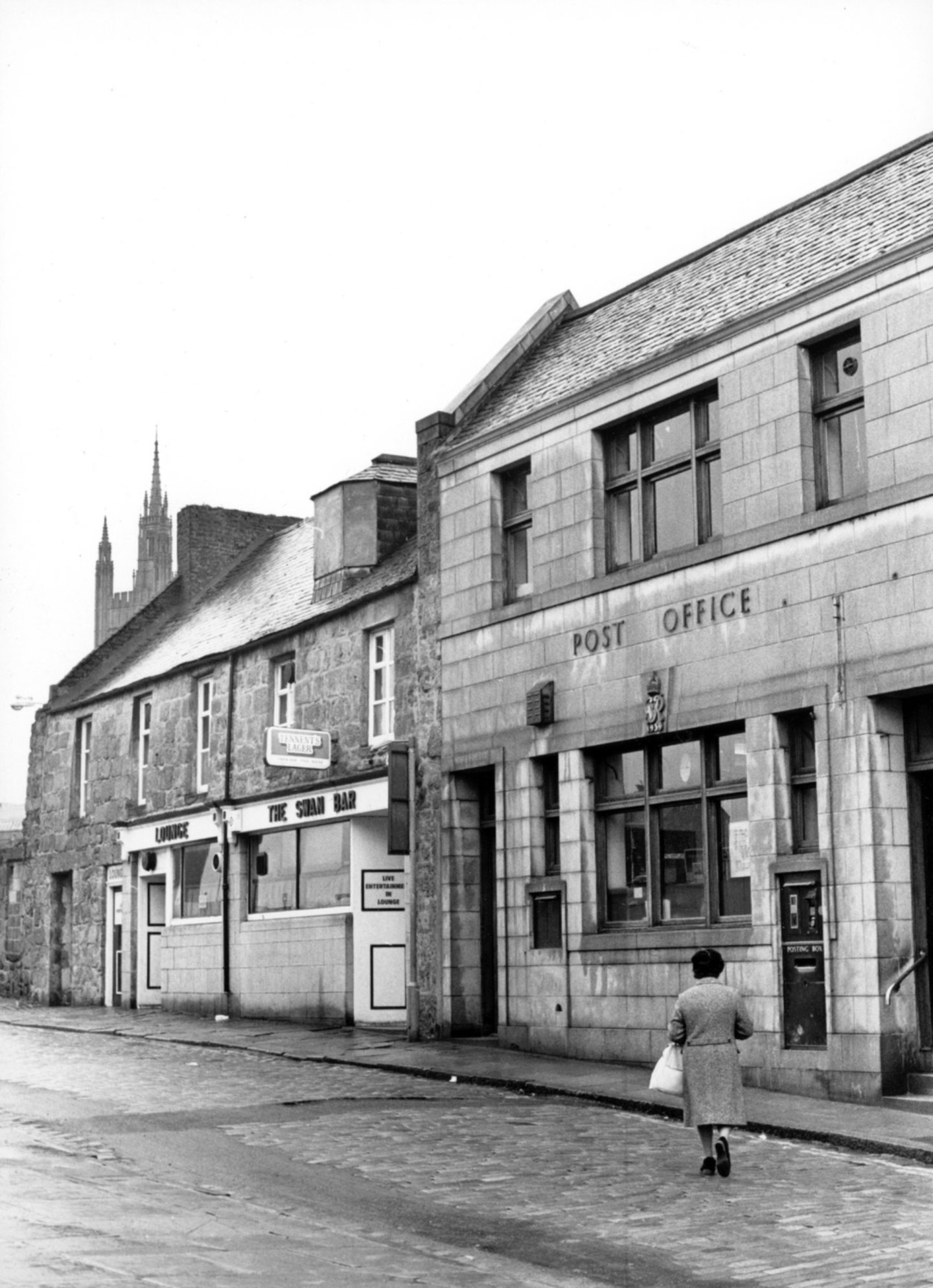
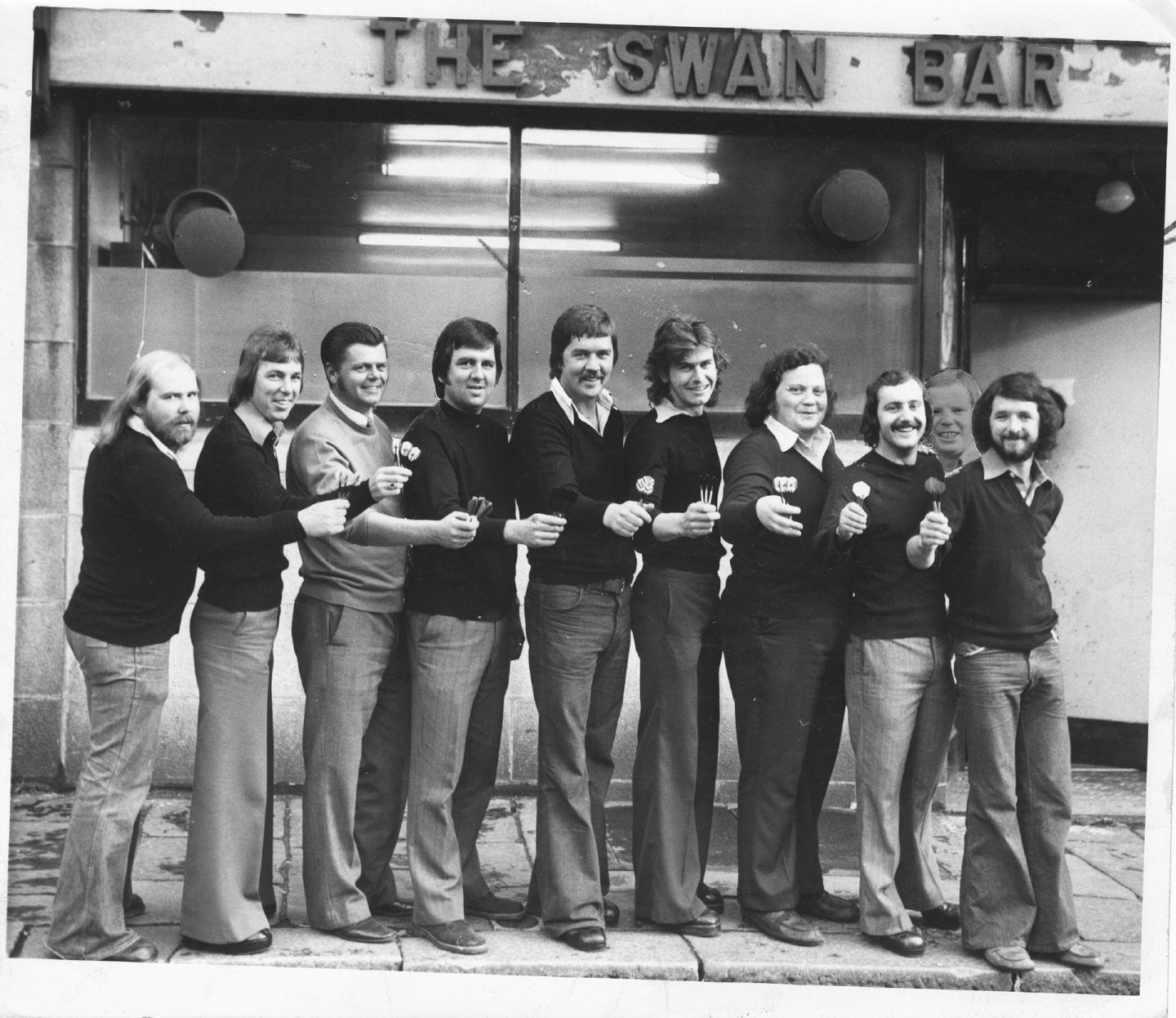
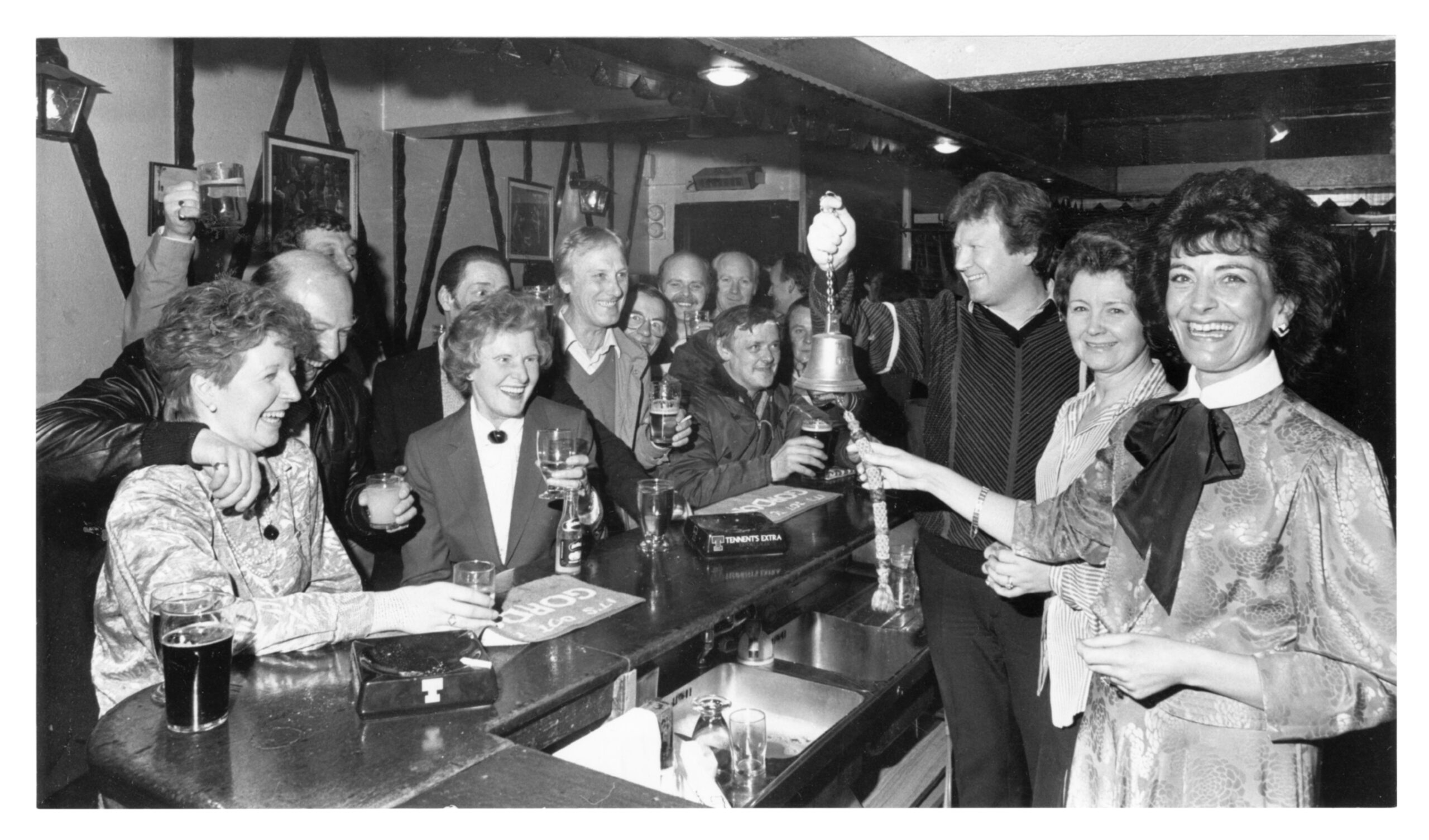
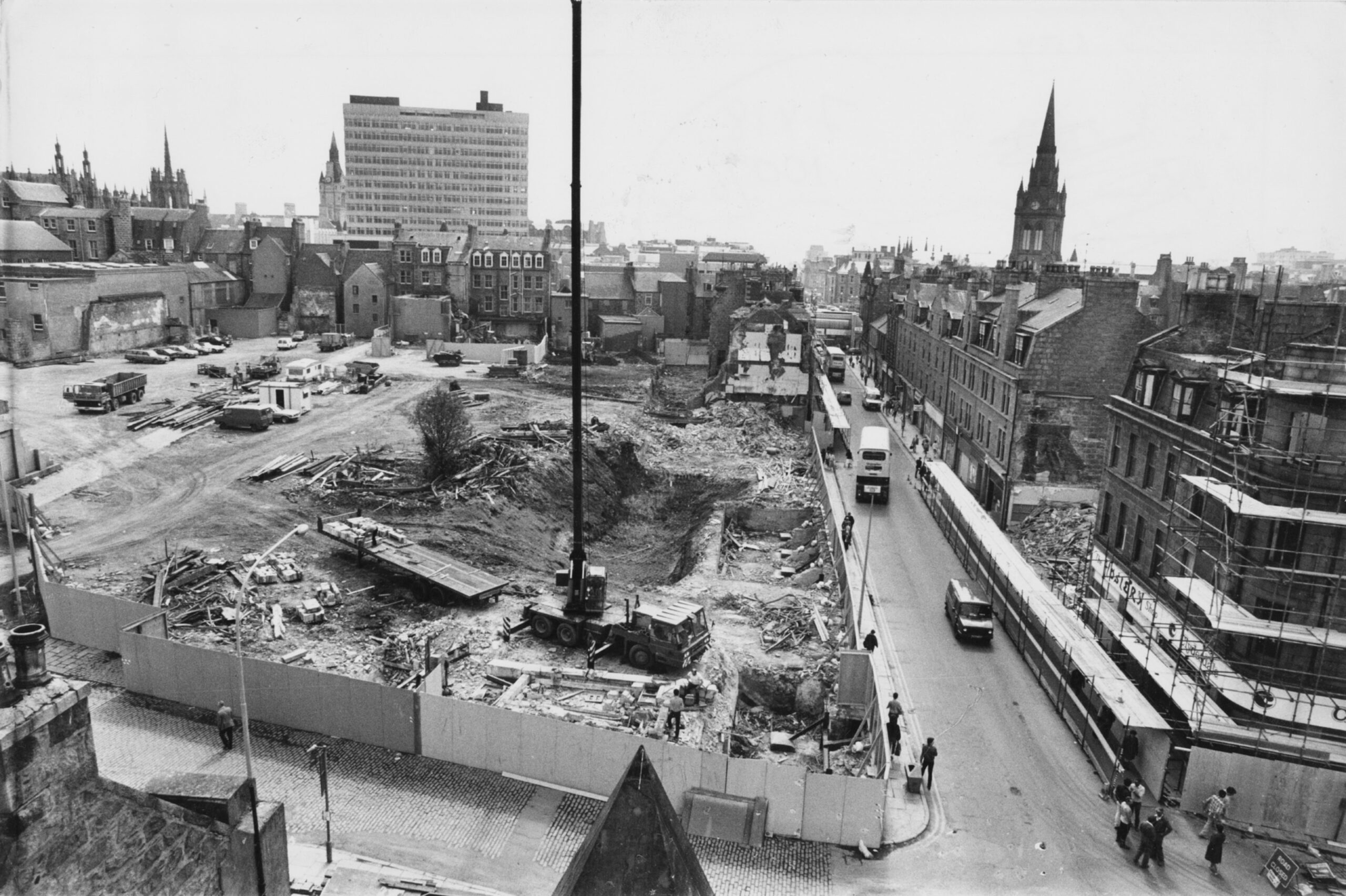
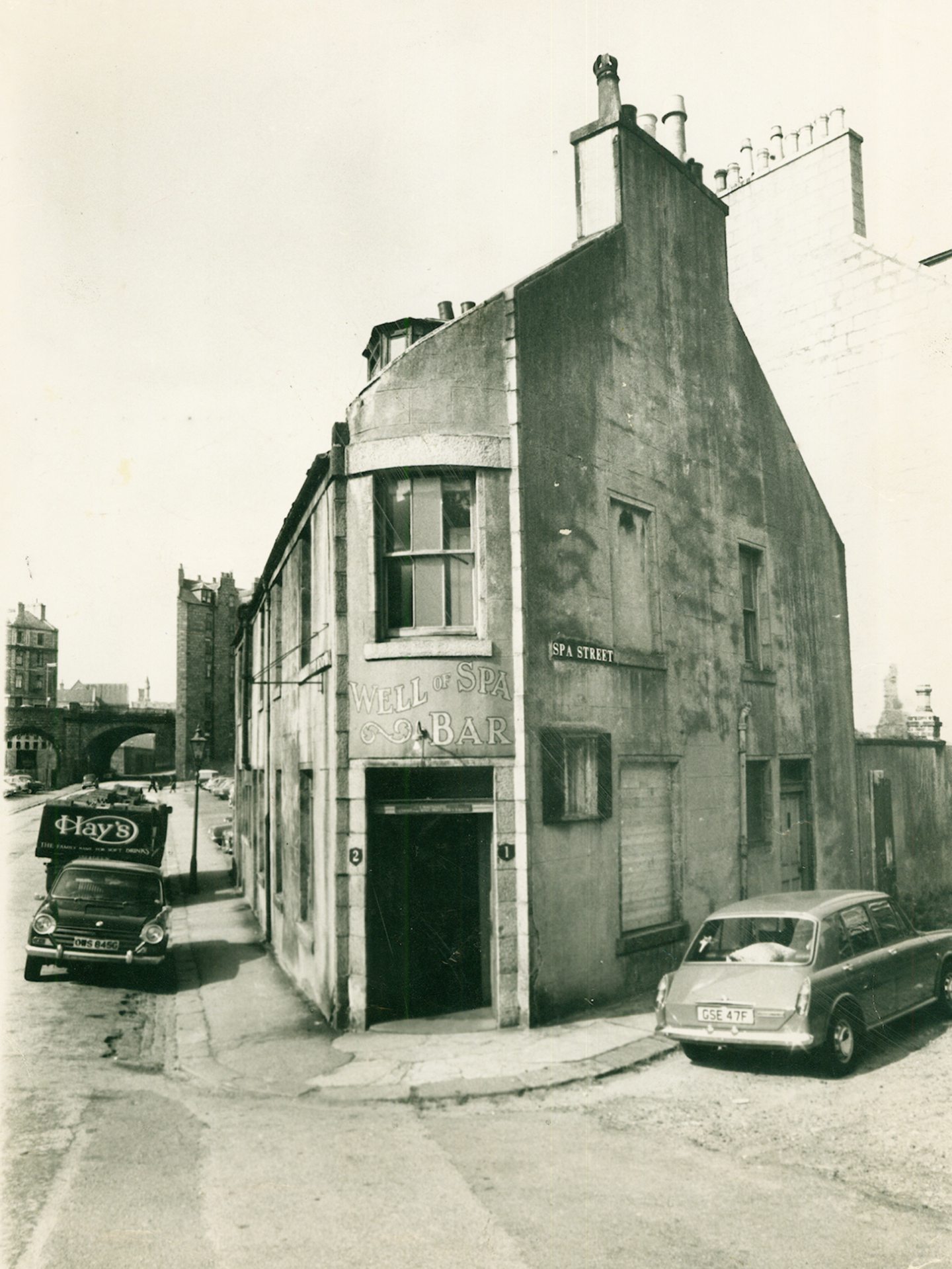
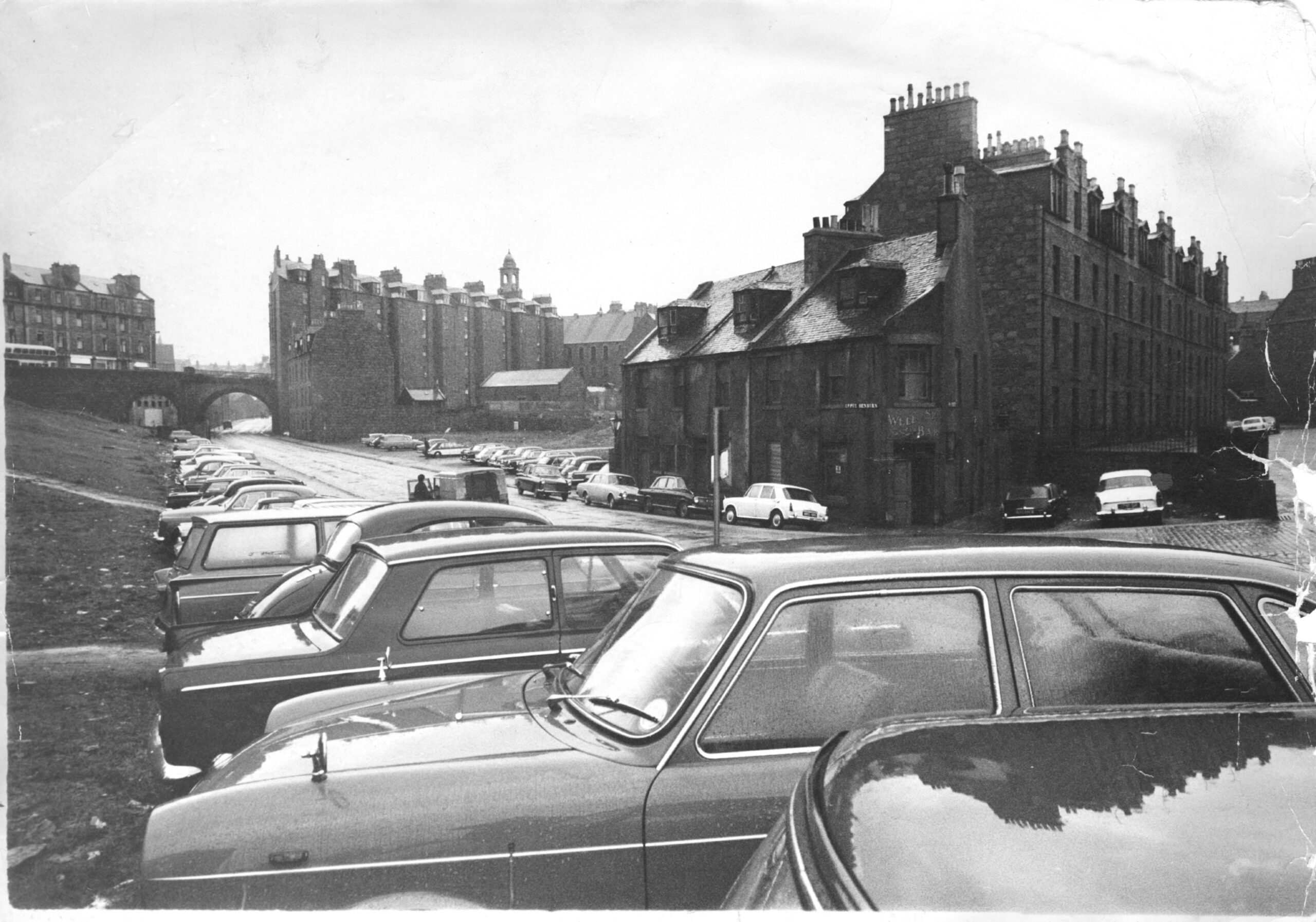
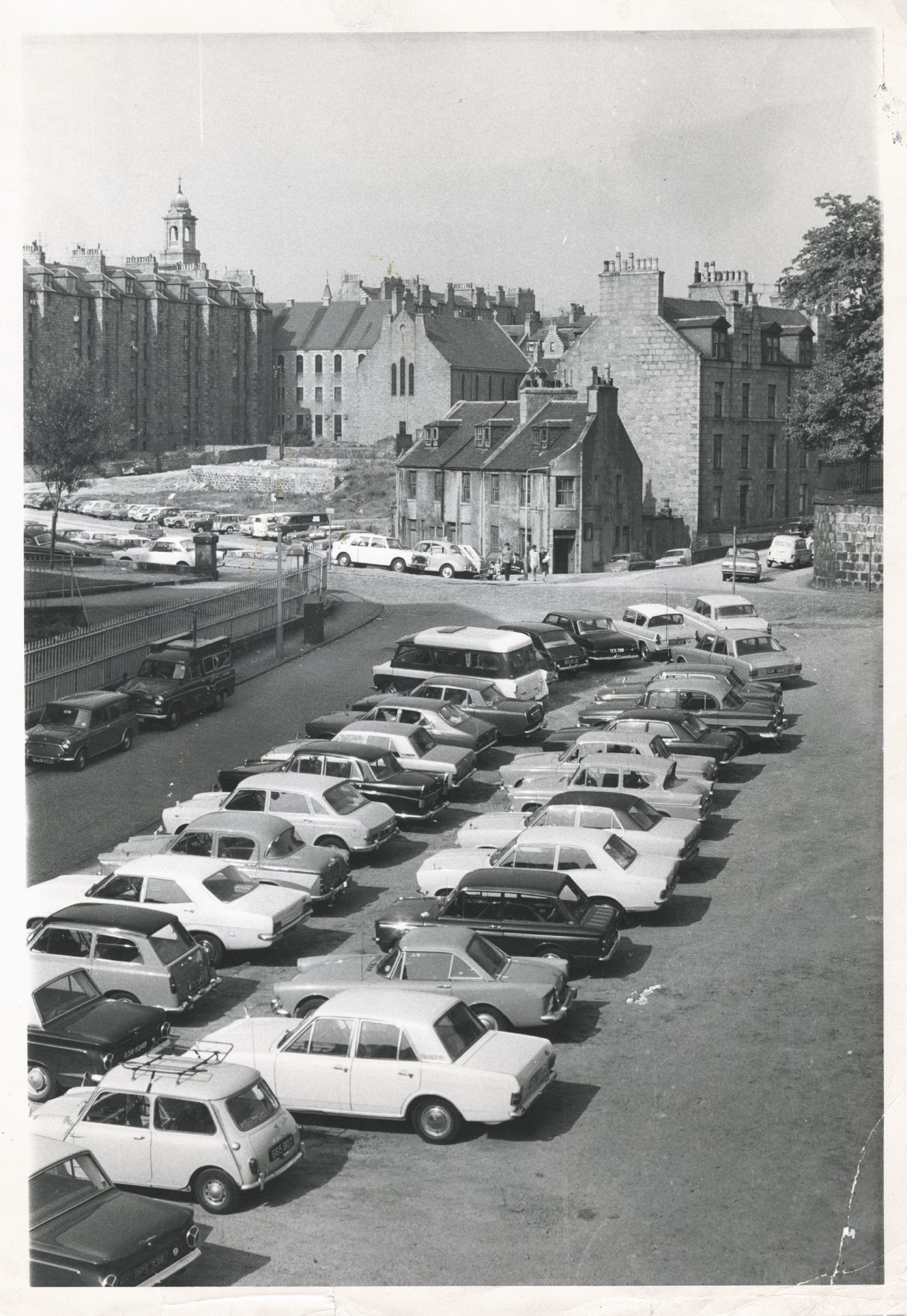
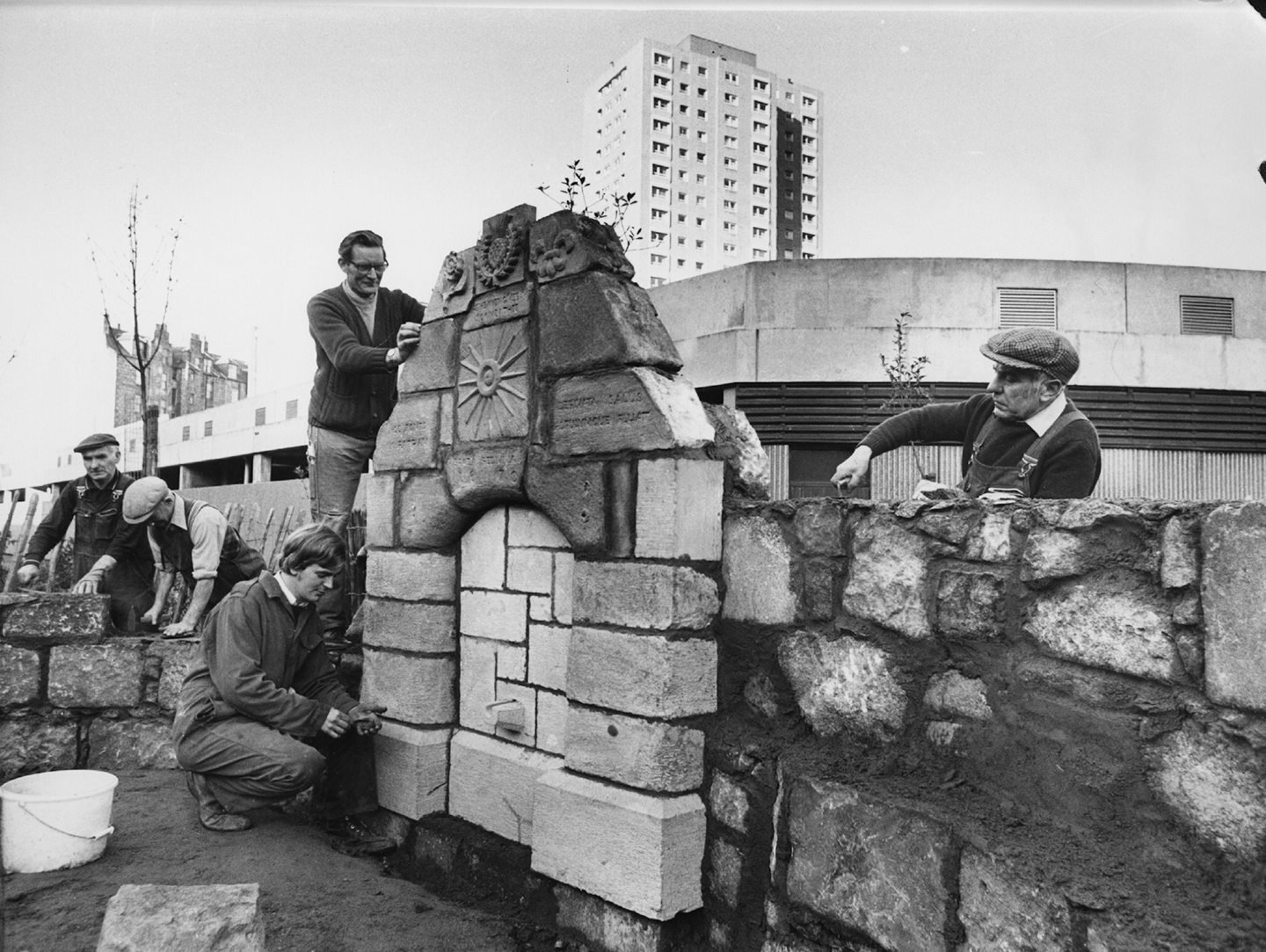
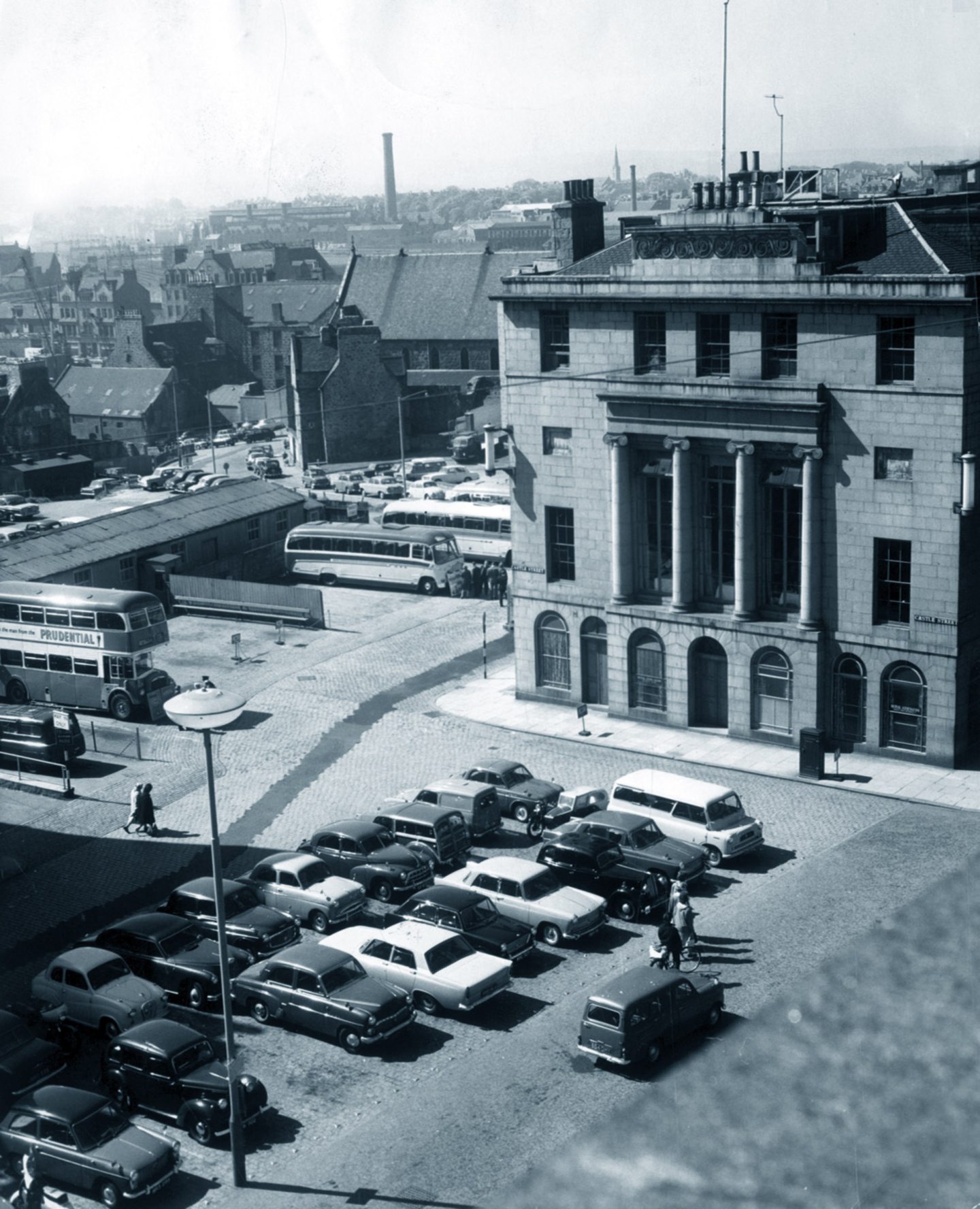
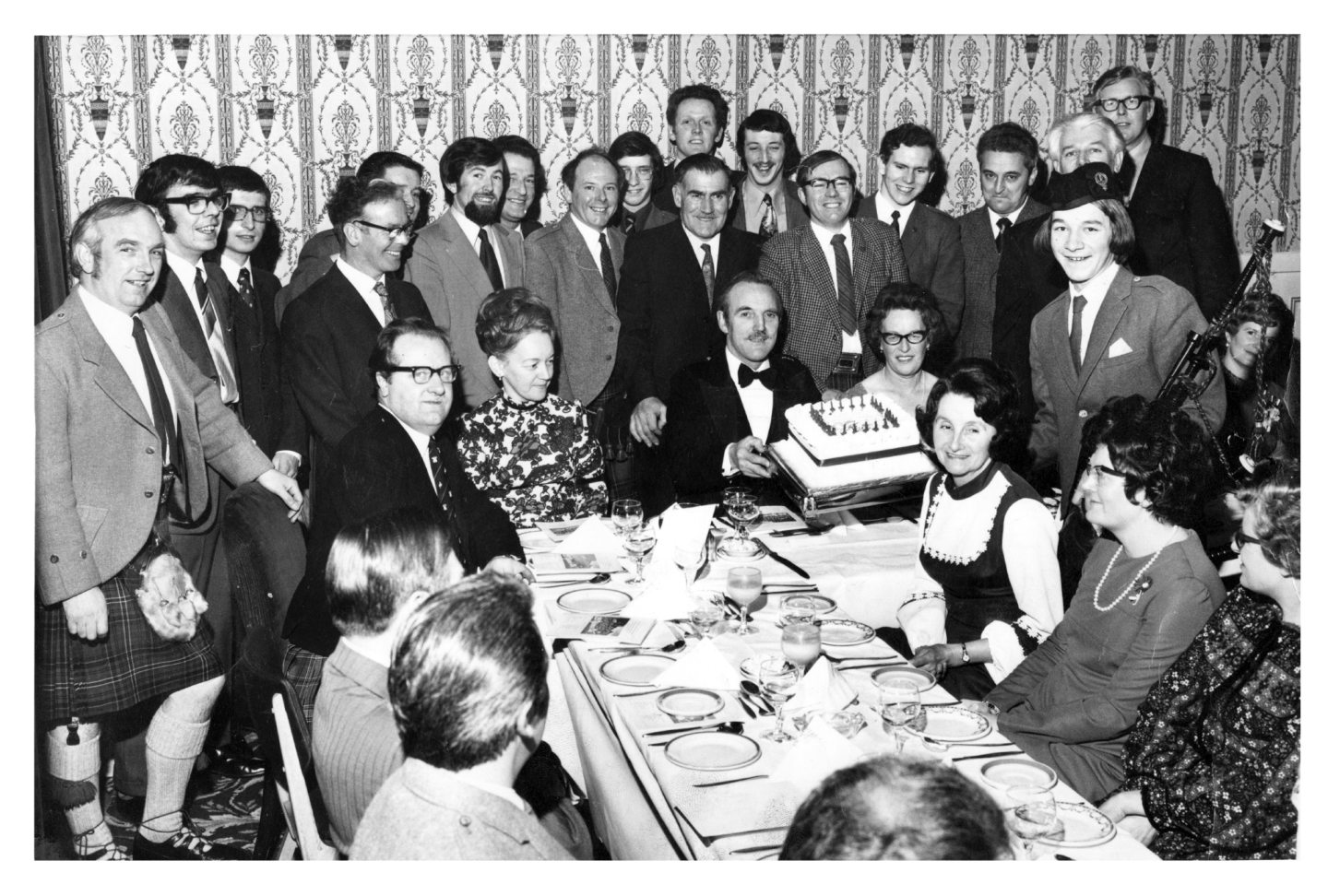
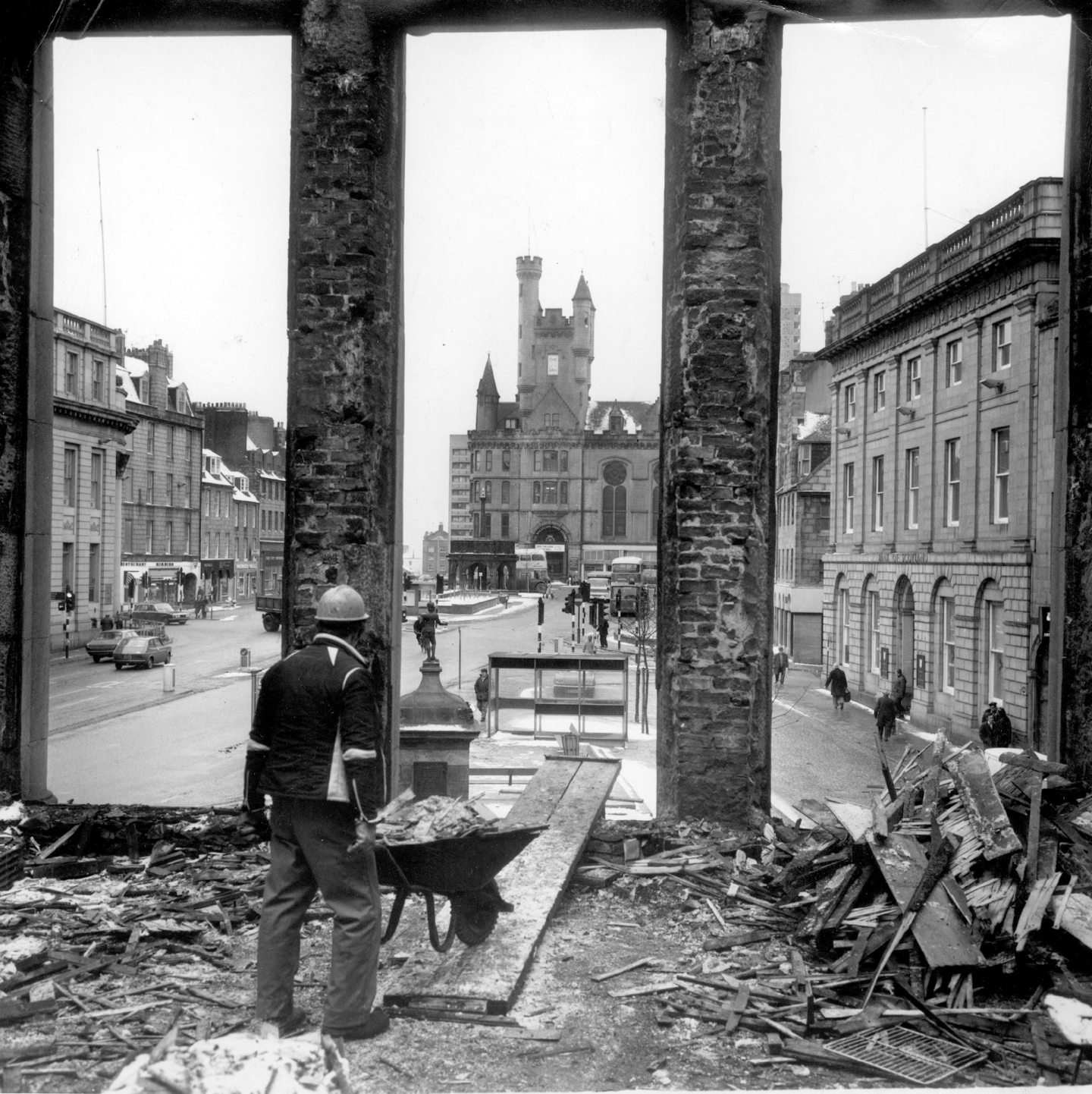
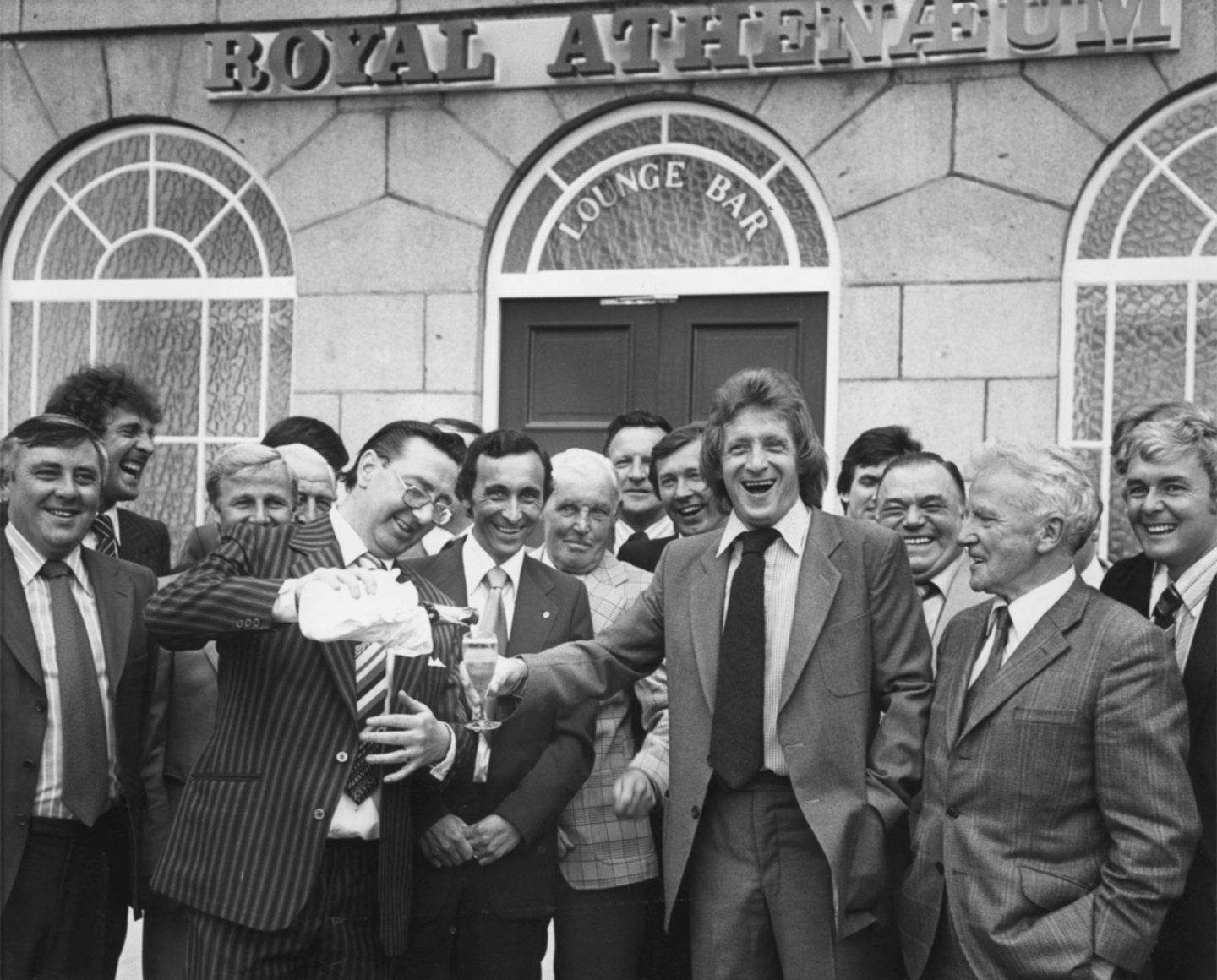
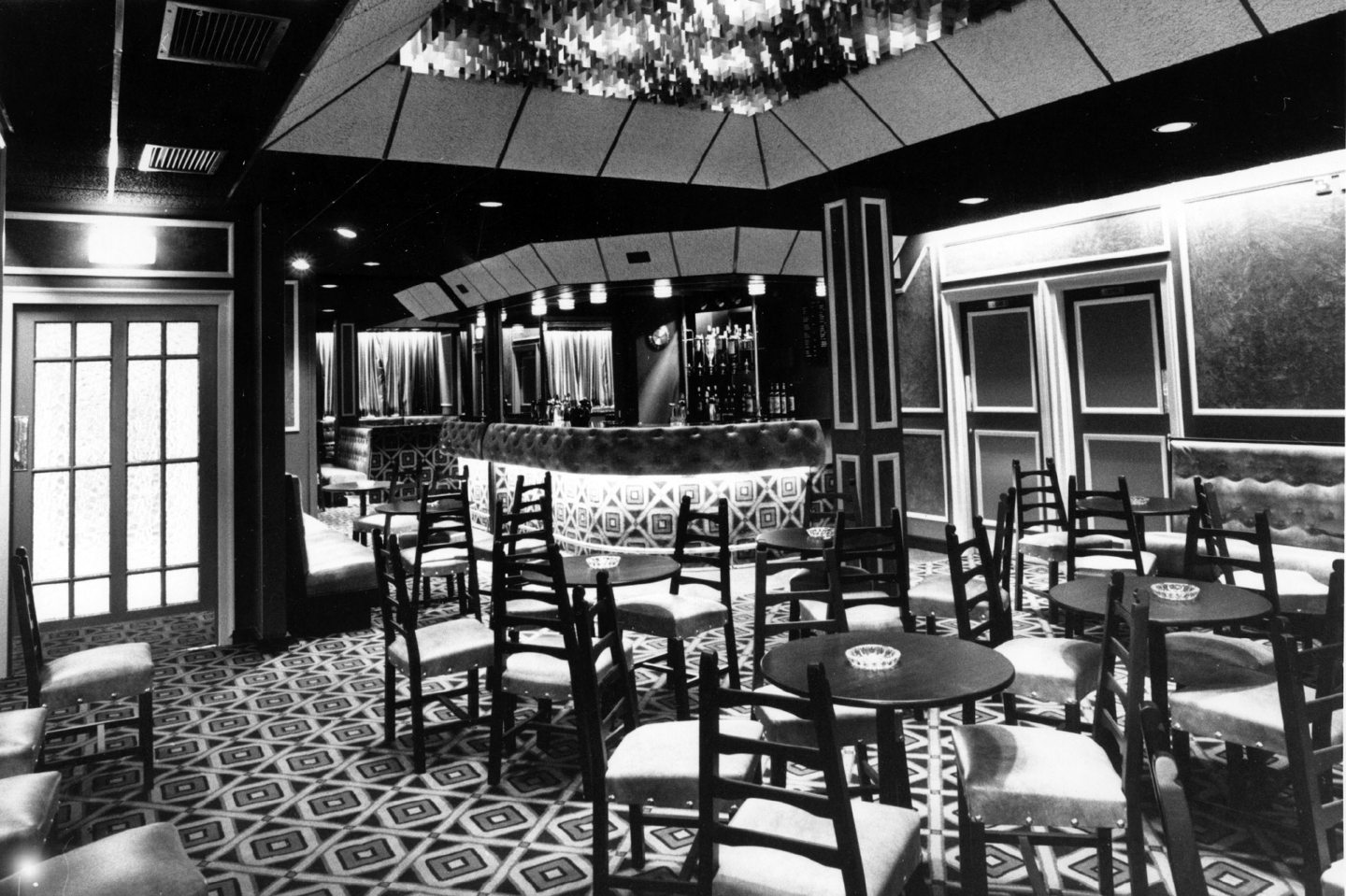
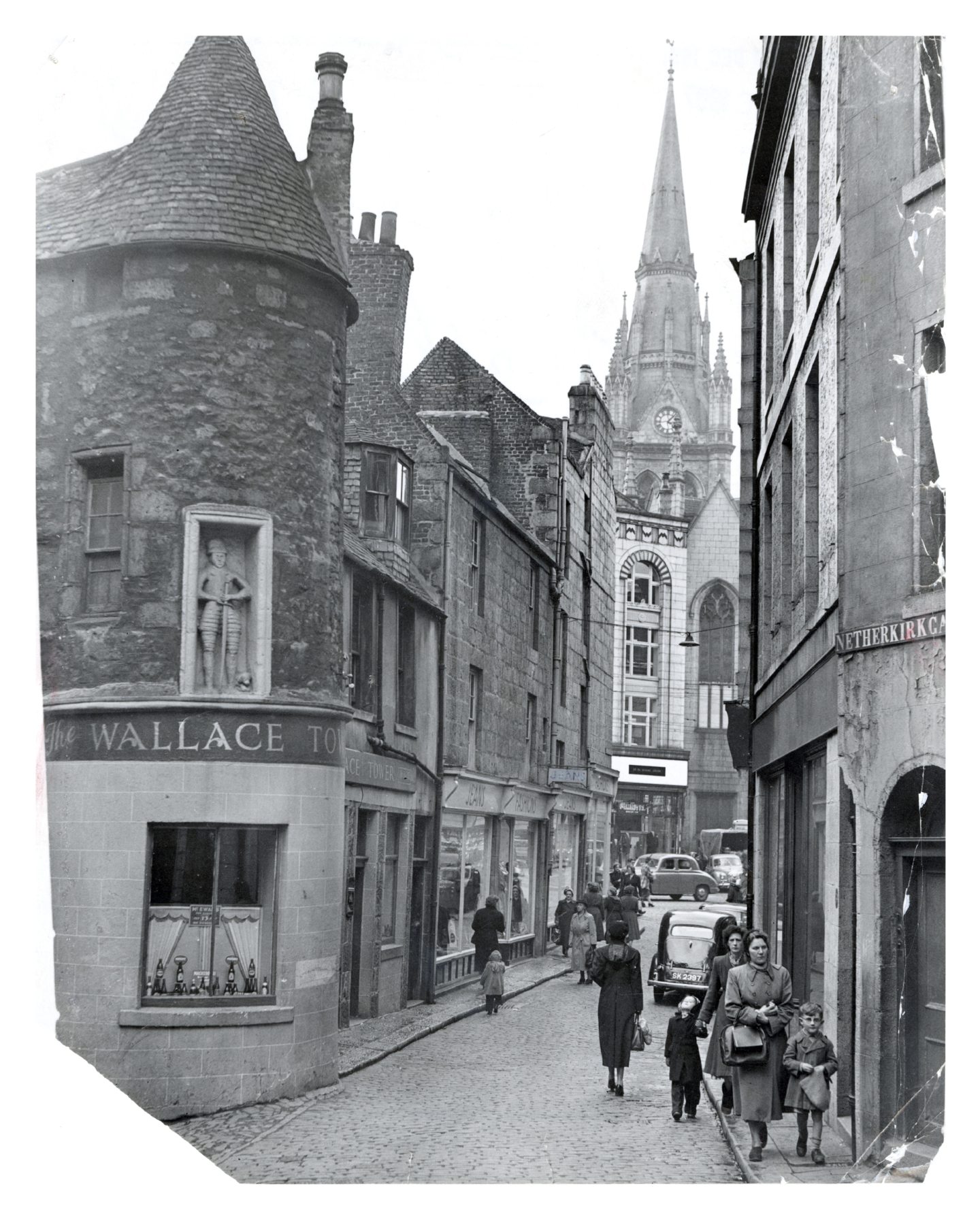
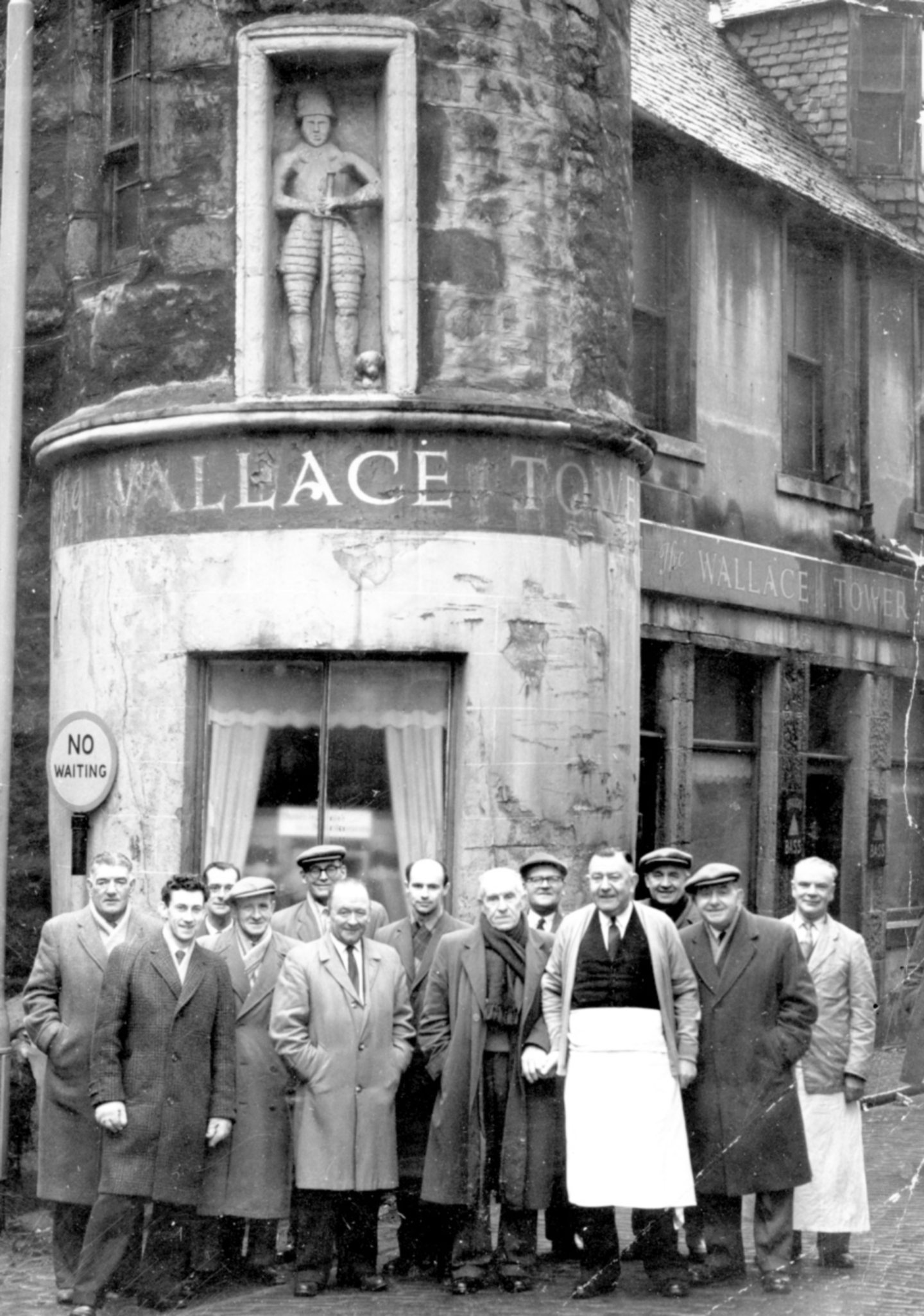
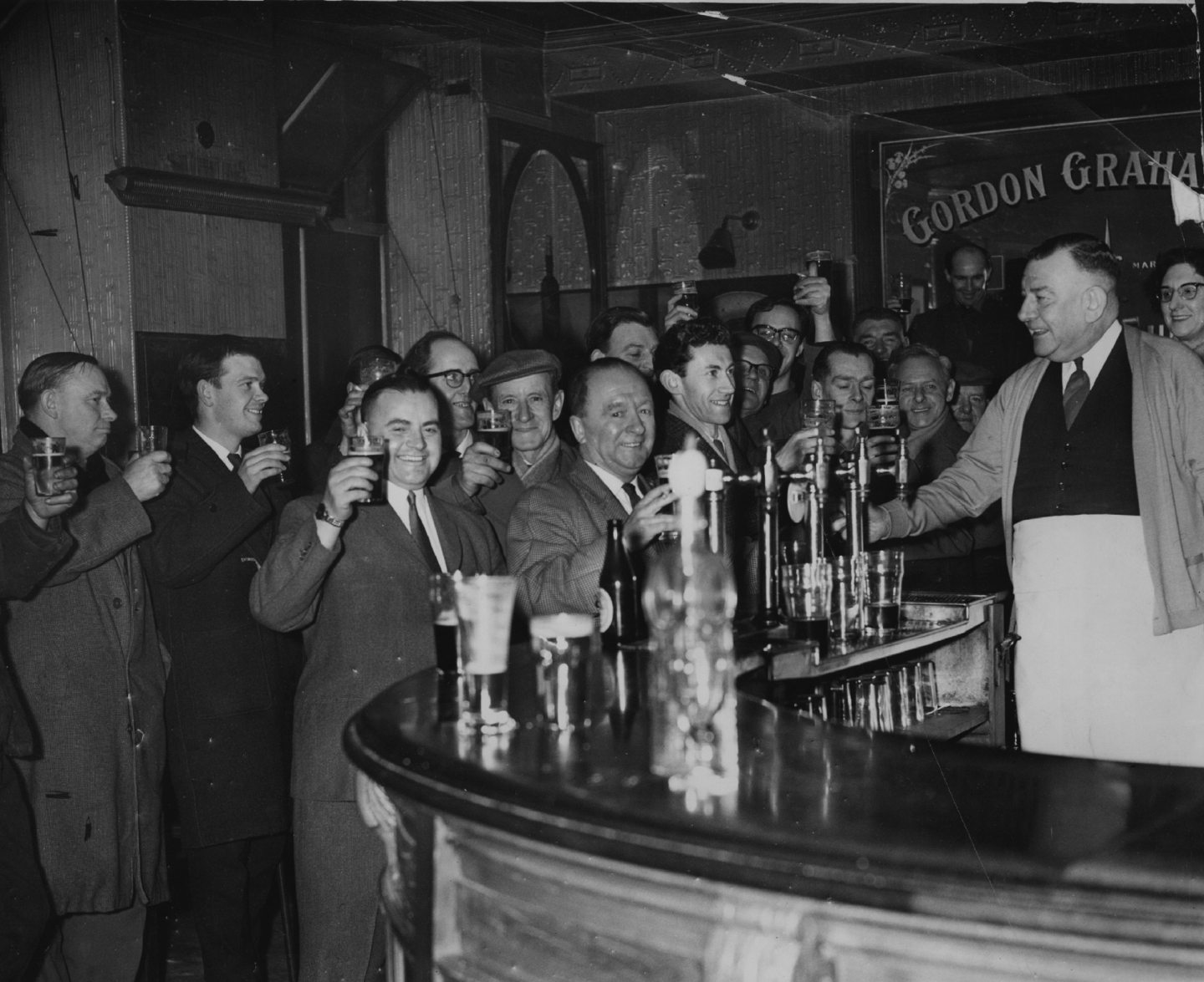
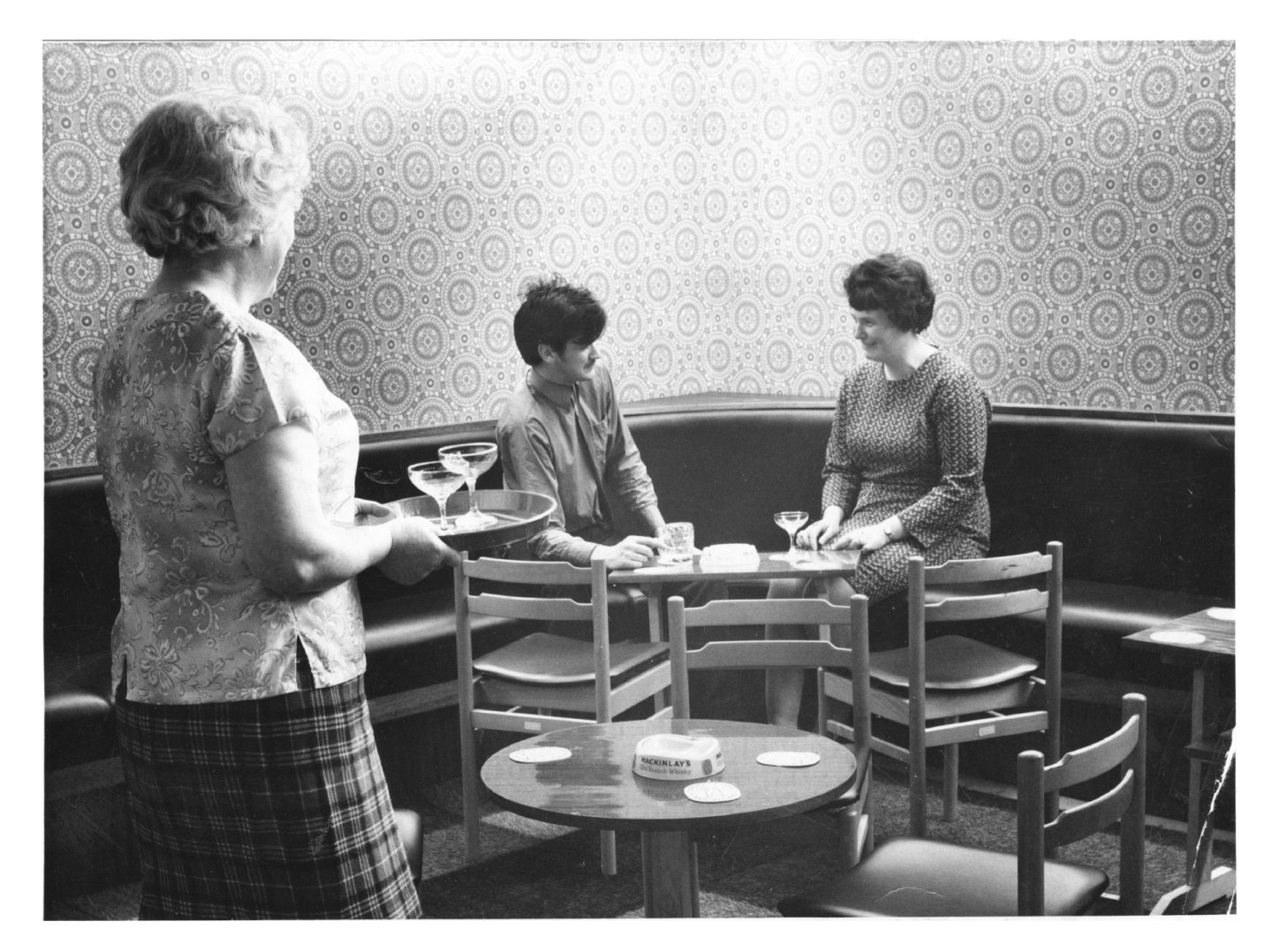
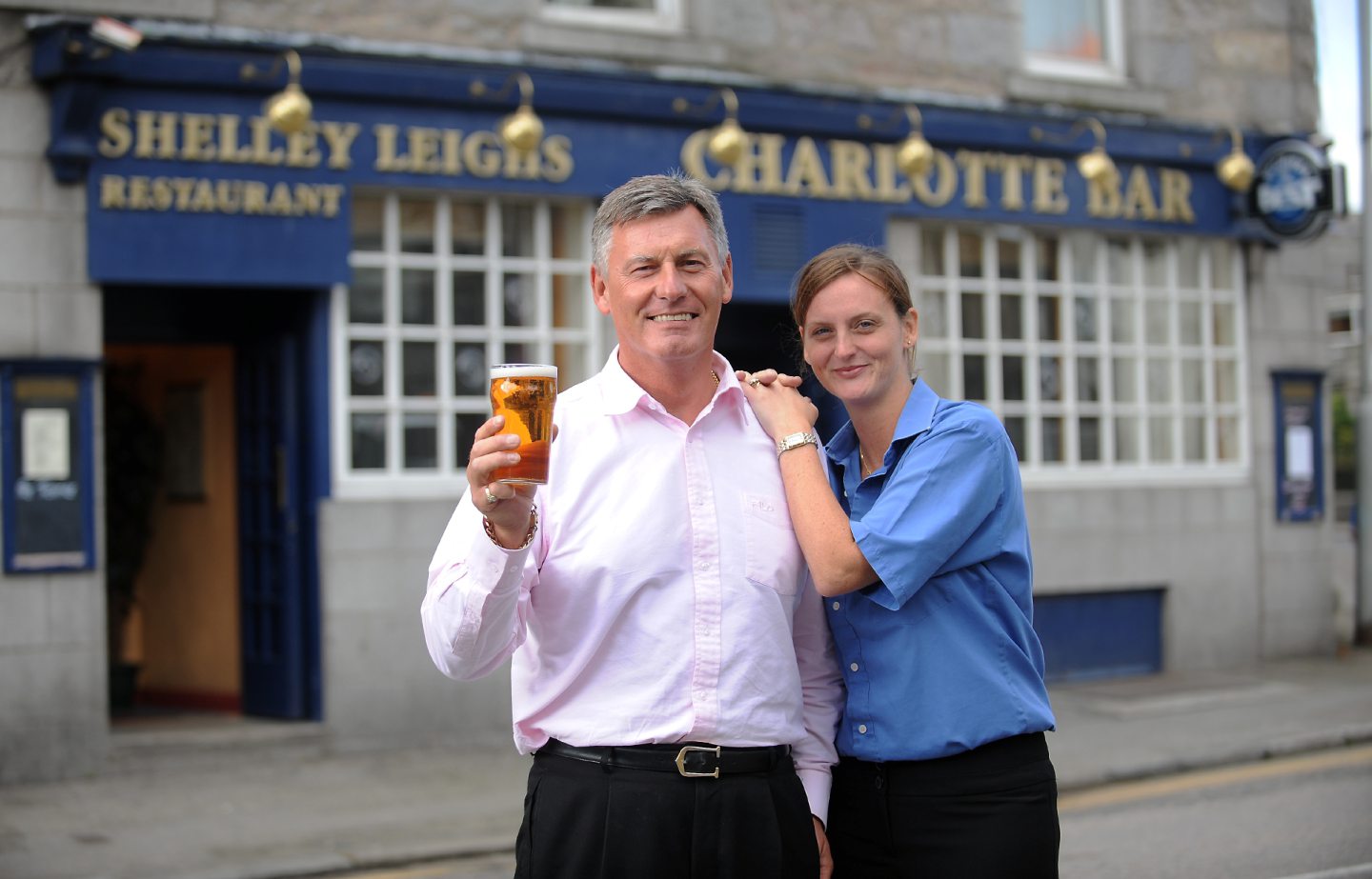
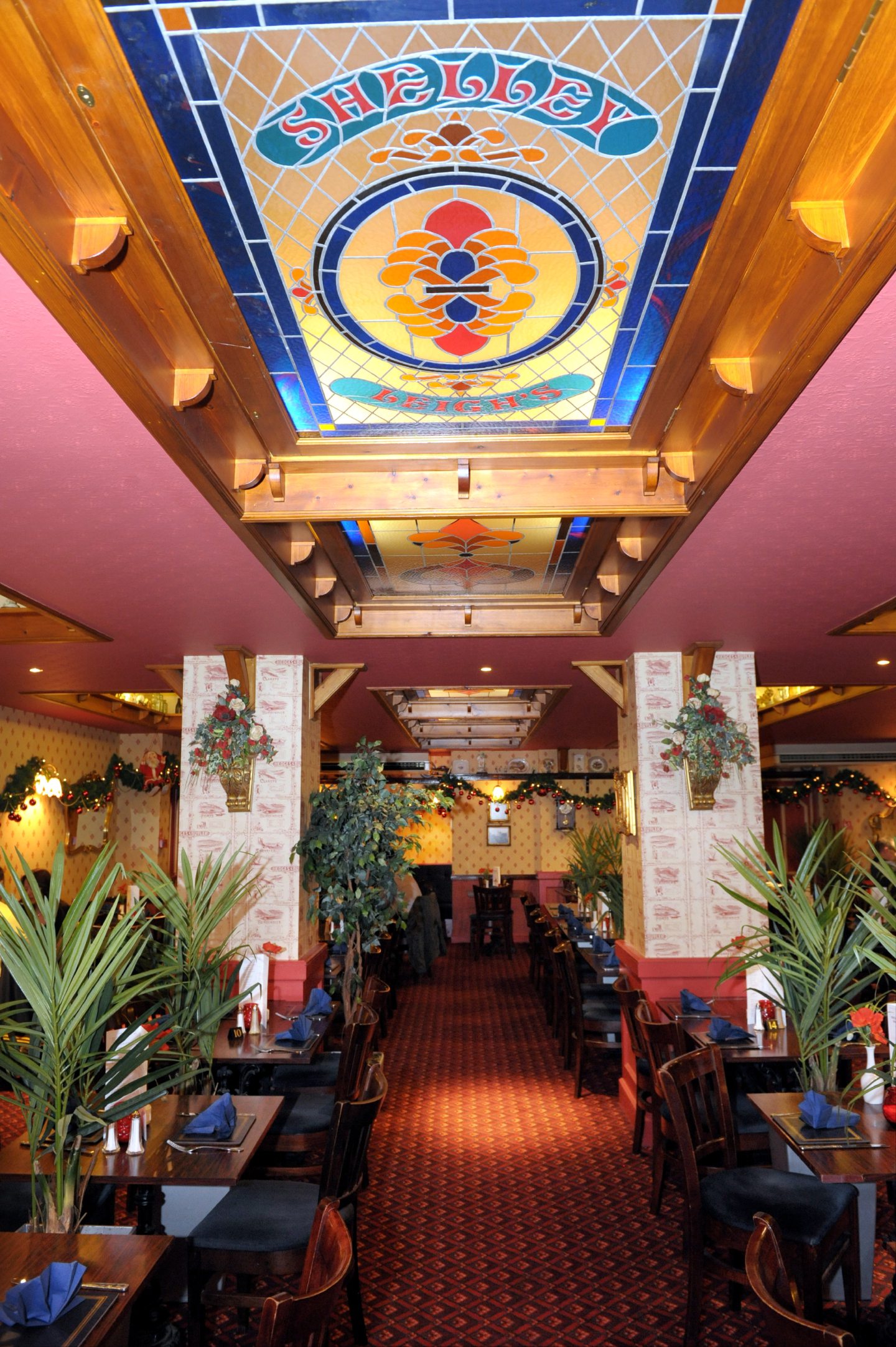
Conversation